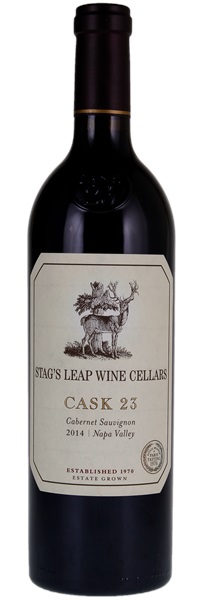
Image above is an example. To view the image of the lot, click the item number.
Estimate
A smoking effort ….. blackcurrants and black raspberries like fruit, it offers loads of spice, cedar and dried flower nuances, full-bodied richness, a ripe, full-bodied, majestic texture, beautiful tannin quality
A big-time winner with great fruit, terrific texture, full body, sensational purity and plenty of blue and black fruits interwoven. . Again, purity, harmony, complexity and individuality are hallmarks of these wines.
Deftly balanced, creamy and smooth-textured, with an elegant array of red and dark berry, anise, cedar and mocha flavors, ending with fine-grained tannins and a splash of mocha.
A blend of fruit from both the Fay and S.L.V. vineyards. The silky tannins and perfume of Fay seem to be especially prominent ... an especially polished Cask 23, with polished tannins, notable density and fabulous overall balance.